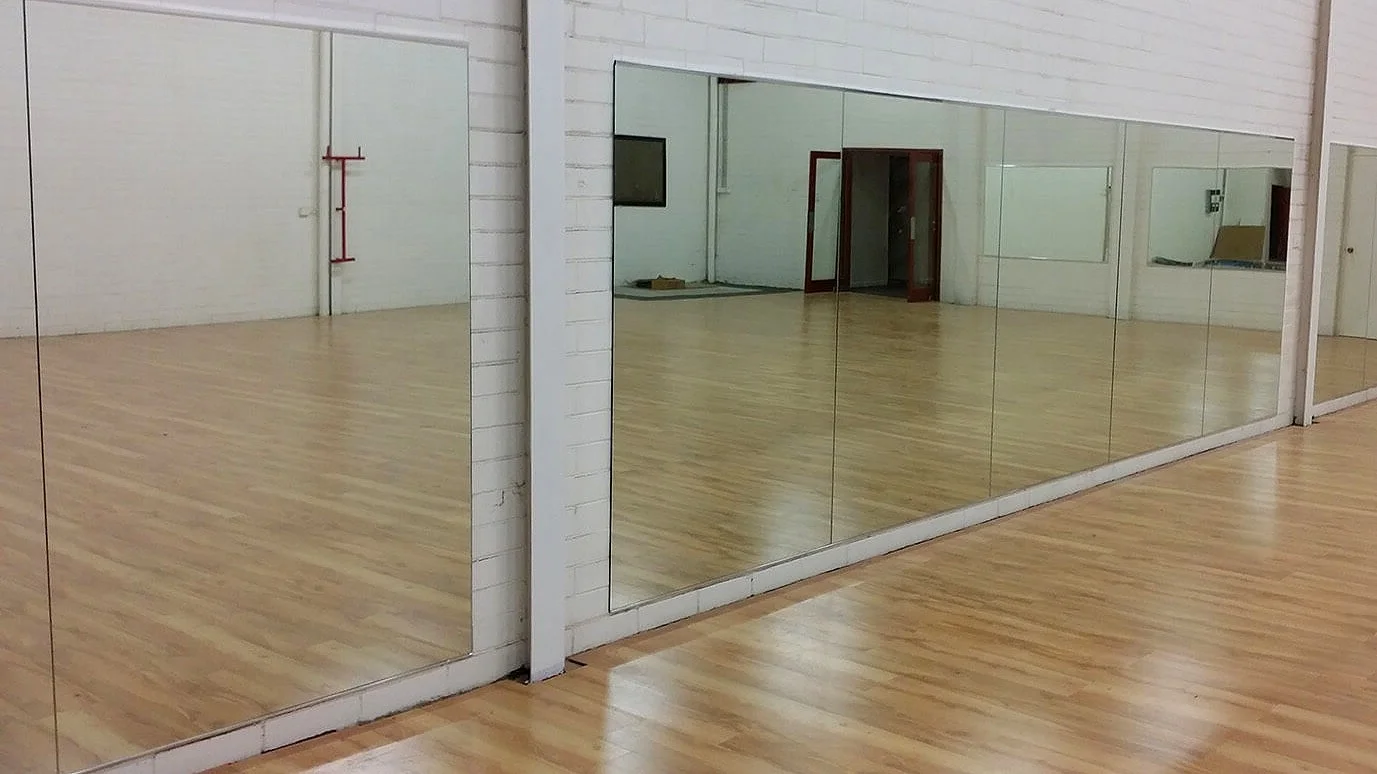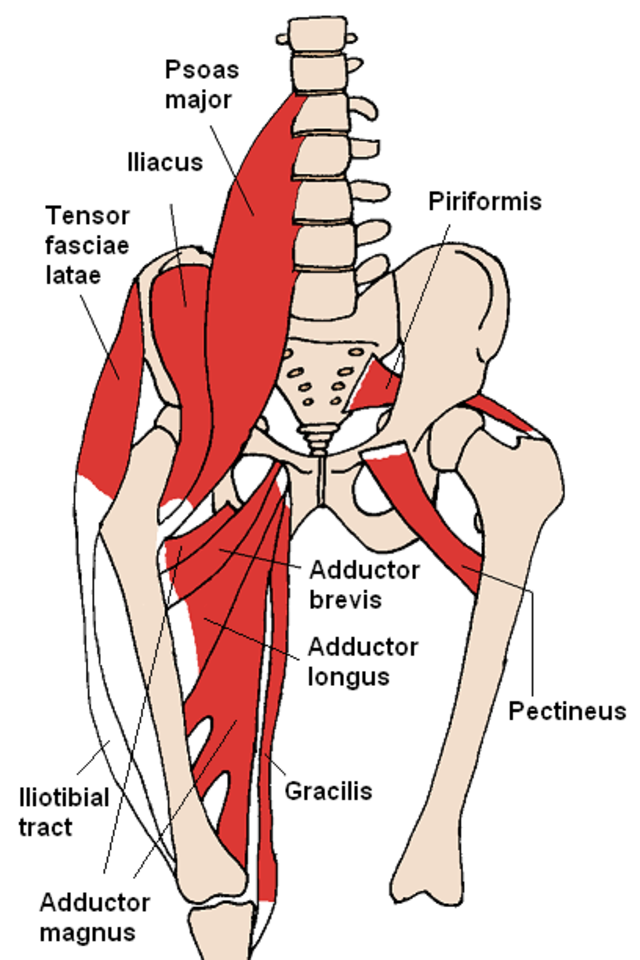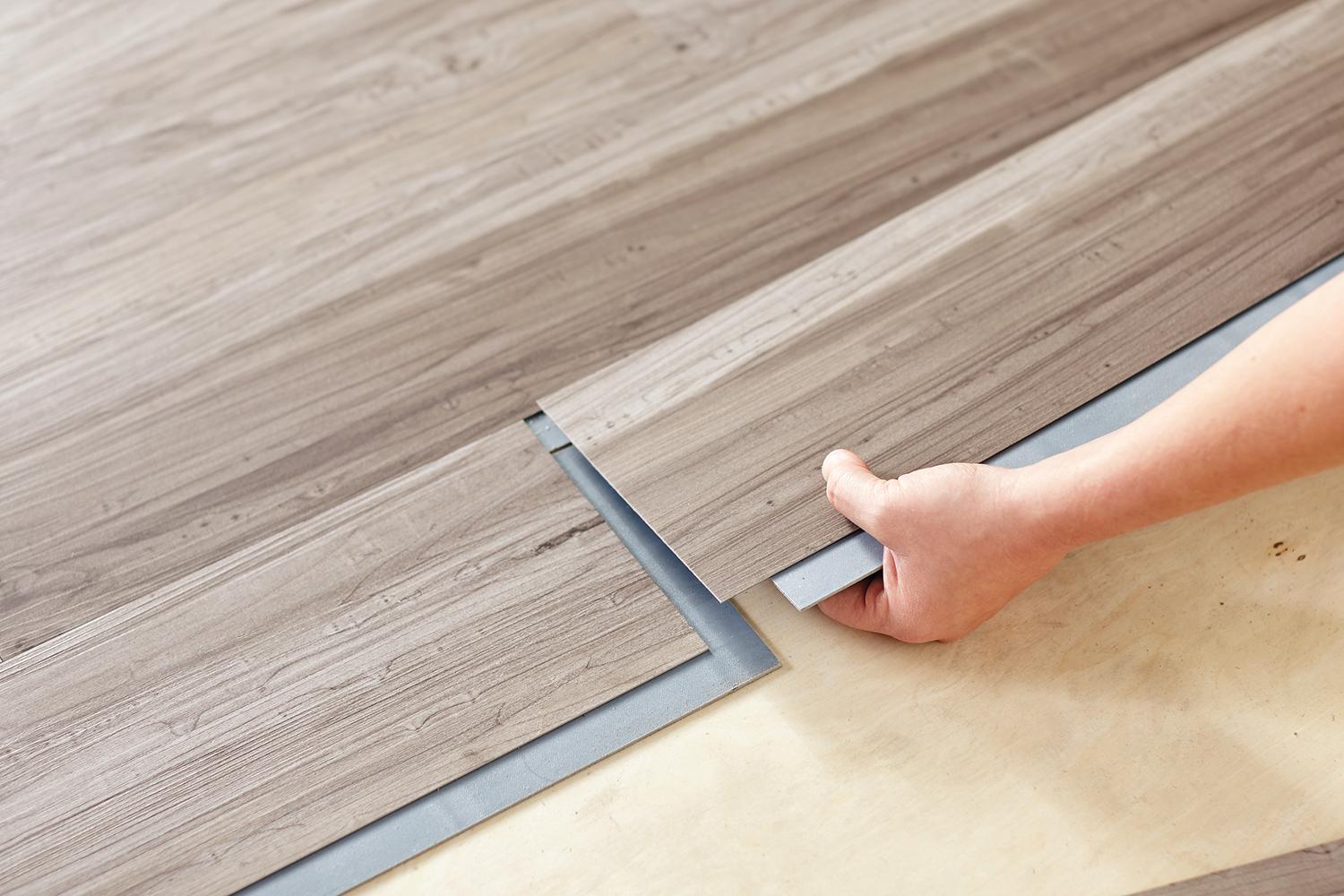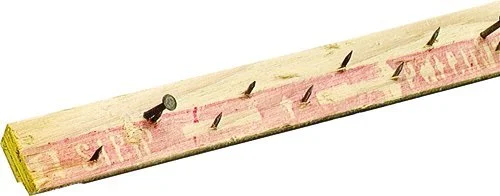Acrylic mirrors for building your home dance studio: a glass alternative
/As busy people, how many of us find ourselves burning up so much energy just to get to the dance studio, let alone rehearse? Having your own home dance studio has several advantages, one of them being it will save you money and time. Instead of more expensive traditional glass mirrors, consider using an acrylic mirror sheet or set of tiles. Lighter, cheaper, and easier to install, building a home dance studio using acrylic plastic mirrors might be the way to go!
We’ve all been there. Maybe we’ve spent the past 6 hours in and out of school, with not even a break for lunch. Maybe you’ve been working a full, 8 hour shift, and you are completely mentally drained and exhausted.
But you still need to get into the dance studio and practice, rehearse, choreograph, or just move around to let some stress out. Unfortunately, the nearest dance studio is 30 minutes away (longer if there’s traffic!), the rent for using that studio space runs 15-30 bucks an hour, and who knows if you’ll even be productive once you’re in the studio?
Building your own home dance studio is the perfect way to rehearse at any hour of the day. And best of all: It’s free, once you get your studio built. Your investment in a nice set of mirrors, a marley floor, or a ballet barre will pay itself off in less than 20 hours of rehearsal time.
The traditional glass mirrors are expensive, bulky, and very heavy. A great alternative to glass is to use an acrylic mirror sheet. In the battle of acrylic vs. glass, the acrylic mirrors have major advantages:
Acrylic is more durable
Glass is very fragile. One slip during installation, and your studio floor will be covered in tiny shards of very dangerous needles, many of which you won’t find until they are stuck in your skin!
Acrylic is plastic. If you drop a large acrylic mirror a short distance, the worst that will happen is that you will scratch the reflective surface - something that is bound to happen over time regardless. Acrylic is shatterproof!
Large acrylic mirror sheets are lightweight
I have had large sheets of glass deform under their own weight. For example, a 2x2 foot glass mirror panel weighs upwards of 12 pounds, while an equivalent sized tile of acrylic mirror would only weigh 3 pounds: One fourth of the weight!
And the same, of course, can be said of larger, wall sized sheets of acrylic versus glass. A vanity sized glass mirror may be close to 60 pounds, while an acrylic sheet will only be 15-20 pounds. At 15 pounds, these mirrors are very easy to install by yourself. Often times, acrylic mirrors come with adhesive already attached to the back, saving you from having to use the industrial glue, Mirror Mastic.
Acrylic can be cut to size
Cutting a glass mirror is a very risky and dangerous process. Unless you have professional glass cutting tools, most likely you’ll end up damaging the mirror irreparably. There will be jagged edges along the side of the mirror. Worse still, you may injure yourself with pieces of glass.
The advantage of an acrylic mirror is that they can be cut to fit any unusual shapes. Home dance studios often use whichever room is largest, and that room might have irregularly shaped walls. I know of one home dance studio that has the mirrors lined up against the side of the stairs in the basement. Acrylic sheets can be cut easily by yourself in order to best fill the wall space that you are working with.
In most cases, you won’t need to cut the acrylic on your own. Acrylic mirrors come in all variety of shapes and sizes, and you can easily find a panel the right size for what you need.
Transportation is less risky
You can purchase huge sheets of glass, but shipping and transportation becomes a major issue. Professional glass shipping companies take many precautions to ensure that their product arrives in pristine condition.
On the other hand, when you buy an acrylic mirror from Amazon, Lowes, or Home Depot, you can load up the mirror in your car without risk of breaking during transportation. You won’t have to worry about the weight being distributed in an unusual way, which is most often what causes glass to shatter in the car.













